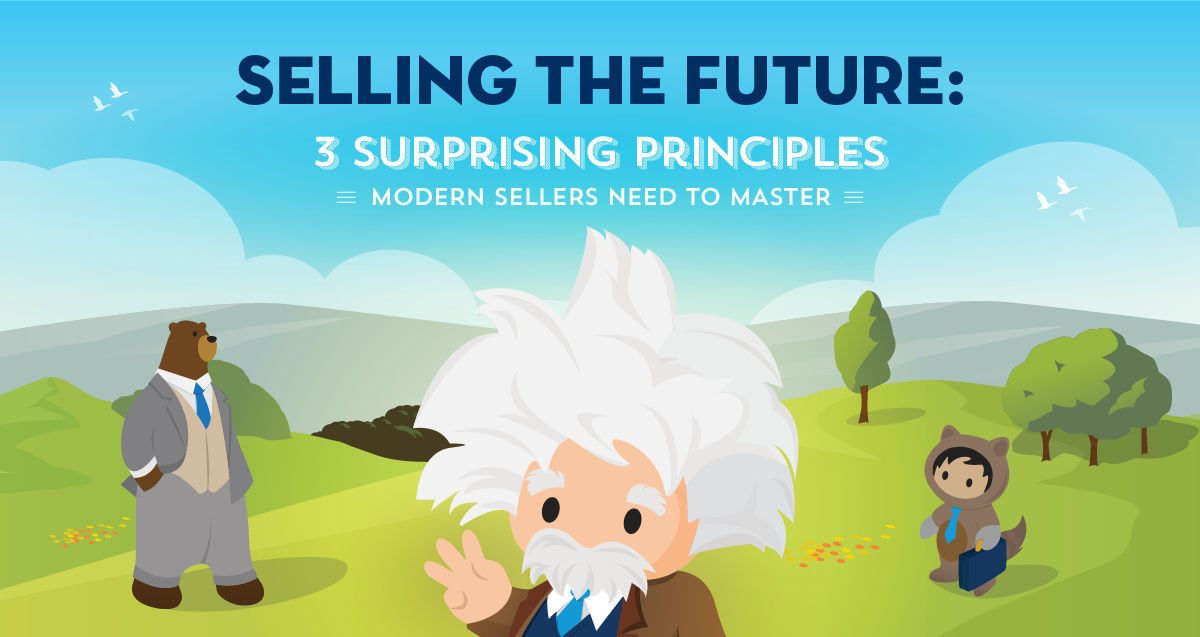“Who here likes talking to salespeople?”
Try asking that question the next time you find yourself with a group of friends or business colleagues. Better yet, try it the next time you happen to be in a room of salespeople! In my experience, no other question quiets a room faster in any scenario.
In his bestselling book, To Sell Is Human, author Dan Pink conducted a survey where he asked people to state the first word that came to mind when they heard "sales" or “selling”. Of the 25 most offered words illustrated by the word cloud below, 80% had negative connotations. This overwhelming sentiment is likely due to the unsavory experiences many of us have had with salespeople over the years who we felt were primarily self-interested, manipulative, and offered little value.
The good news is, the world of sales is changing and that change is paving the way for a new breed of sales professional. The sleazy used car salesman (which all modern sellers are still living in the shadow of) flourished in a buying environment that no longer exists. Today modern buyers have unprecedented access to information and choice when it comes to products and services. They’ve shed their desk phones and voice mail in favour of texting and social media. The once-trusted sterling opinions of vendors, journalists, and entrepreneurs have been cast aside in favour of peer insights. And as a result, research shows that today's buyer is about 60% of the way toward their purchase decision before your sales organization gets engaged.
So are modern sellers doomed? In short: no. Forrester points out there are many ways your sales team can still strongly influence the buyer’s journey. But if they wish to continue to thrive and meet the changing needs of their buyers, they’ll need to master three key principles. In this post I’ll cover the first of those three principles with the second and third coming in future posts.
Selling the Future Principle #1: Disrupting Buyer Inertia
In 1687, English physicist and mathematician, Sir Isaac Newton described his now famous three laws of motion. The first law described a property known as Inertia; the tendency for objects to keep moving in the same direction unless a strong enough force causes them to change. Applied to modern business, inertia, or status quo bias, is a powerful force that keeps most companies using the same practices, policies, and technologies they’ve always used. It is the enemy of the modern sales machine.
The problem with inertia is that not only does is make companies more resistant to change, but it means that prospective buyers will actively deflect attempts to garner their attention. In a world where the number of vendors in virtually every space has increased exponentially in recent years, tuning out the message you’ve worked so hard to craft is a necessary defence mechanism designed to preserve their focus. So how can modern sellers disrupt the inertia of prospective buyers?
Some of the best sales and marketing organizations in the world use tactics rooted in basic psychology and human behavior. For example, ditching your traditional product pitch, which is often too complex and nuanced for buyers to quickly assimilate, in favor of messages that “go down easier” and take mere moments for your target customer to resonate with. Messages that are strongly customer-centric, rooted in pain and polarizing concepts, or that use formulaic approaches all help them more easily pierce your customer’s armor.
For example, suppose you were selling a employee performance feedback solution. Instead of positioning it as an “An all-in-one web solution to help your employees get more feedback, coaching, and recognition at work”, you can lead with messages like “Most employees love feedback but they hate old, out-of-date performance reviews! Do yours?". And when it comes to delivering those messages, the key is ensuring your sales team is able to deliver them using modern approaches designed to not only attract but engage your target audience. Media like video or personalized account-based marketing (ABM) strategies are massively effective at disrupting inertia when combined with a high-impact message.
Curious to learn more about the other two principles? Part two of this post will be dropping shortly and the principle it outlines will help you source new business that convert at the highest rate of any lead in your funnel. Stay tuned!
In addition, this spring I’ll be keynoting a series of Salesforce events across the country that will help guide sales leaders through the challenges of the modern buying landscape. These events will not only provide deeper insights into these three principles but also tips and tactics to operationalize them in your own business. Be sure to join me and register for these FREE events. Space is limited to best to register early!


